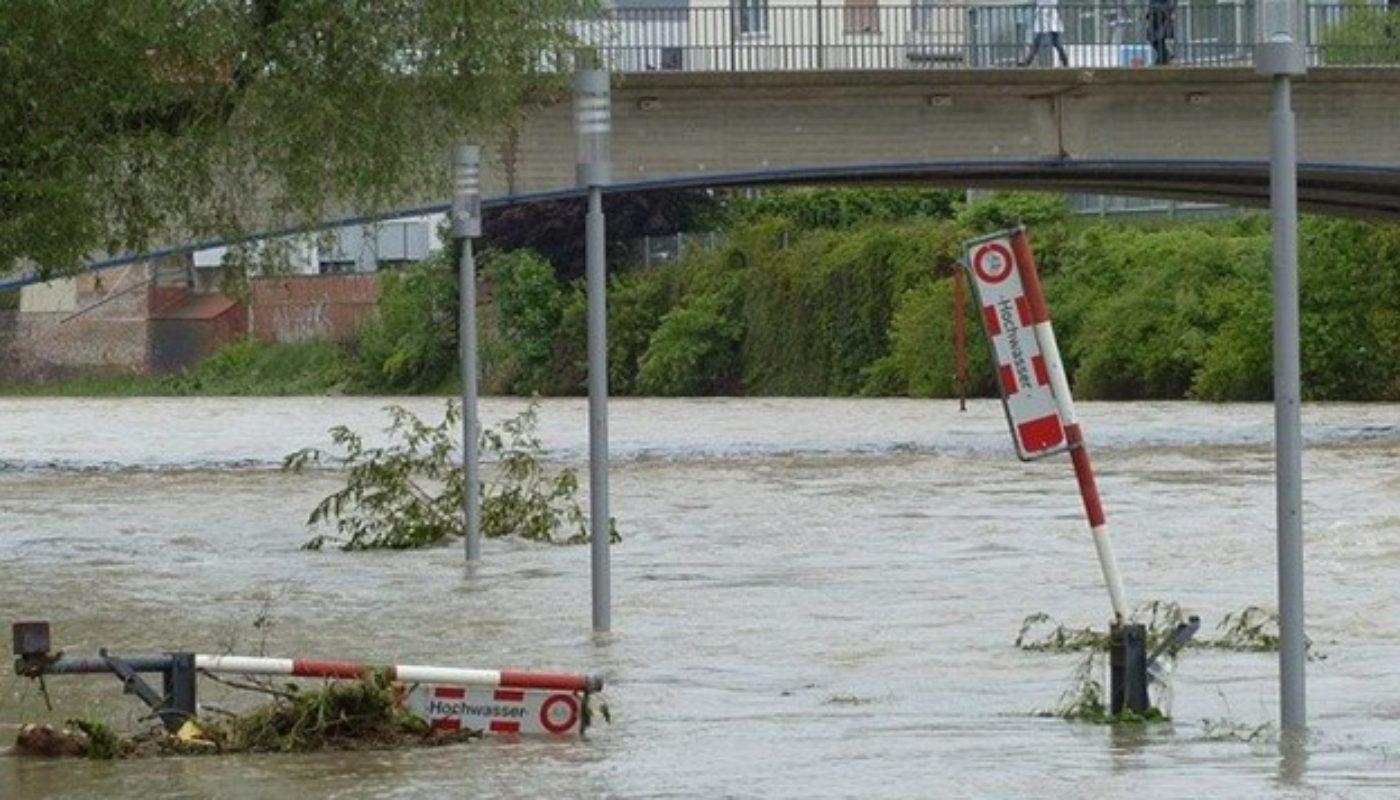
Whether it’s a broken pipe, basement flood, or an overflowing toilet, water damage can quickly escalate into a much larger issue, causing havoc to any home. It’s essential to contact professional water damage restoration experts as soon as possible when this happens.
The restoration process your home requires will depend on the category of the damage. Minor damage can often be attended to with a D.I.Y approach, but larger or more severe water damage incidents will require specialist equipment and supervision to fix. The restoration process is based on identifying the water damage category, as this allows for a timely and effective recovery. This article features the three types of water damage and what steps to take.
Category 1: Clearwater Damage
Clearwater damage is the safest type of water damage and occurs when the water is from a sanitary source such as rainwater, a broken water pipe, or an overflowing bathtub. Since category 1 damage involves clean water, the associated health risks are low, and pose no health risks. Typically, the damage is the easiest to remedy and most damaged items can be dried out safely. If left untreated for more than 48 hours, however, category 1 water can turn into category 2 water damage.
Category 2: Greywater Damage
Greywater damage is essentially wastewater. Common sources include discharge from appliances like toilets and dishwashers, sump pump backups, and chemical waste such as detergents and soaps. Category 2 water damage can present mild to severe contamination risks as the greywater can be a breeding ground for microbial growth which can affect your health as well as your property. As a result, it is important to dispose of affected items and disinfect your home if it has suffered category 2 water damage.
Category 3: Blackwater Damage
Blackwater damage is the most dangerous type of water damage as it contains harmful bacteria or toxins, and is highly contaminated water. This category includes water from sewers, floodwater, and water containing grease and oils. In addition to damaging your property and belongings, blackwater damage can cause serious health risks due to the potential for disease and infection.
Swift action is required when category 3 water damage occurs. It is important to stay away from blackwater and seek specialist help immediately.
Important Considerations
One of the main areas of confusion arises when it comes to the color of water. Unlike its name, blackwater does not necessarily appear black or even dirty to the human eye. It may even look clean, however, the bacteria, toxins, or microbes will not be visible. This is why it is always advisable to seek professional help and call in the experts who can respond to any water damage in your home effectively and correctly.
Now that you are aware of the basics when it comes to the three types of water damage, you can take appropriate action in the case any such incidents occur in your home.





